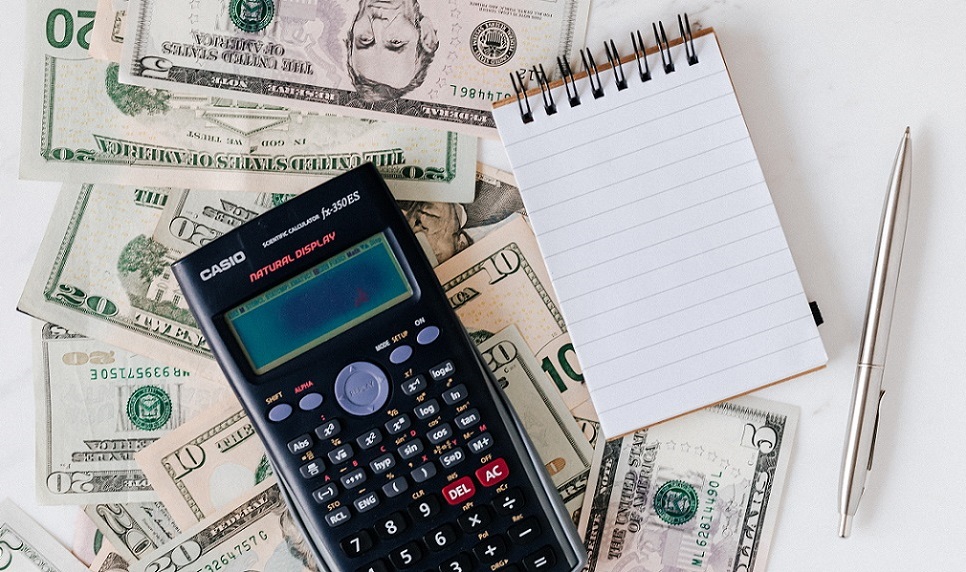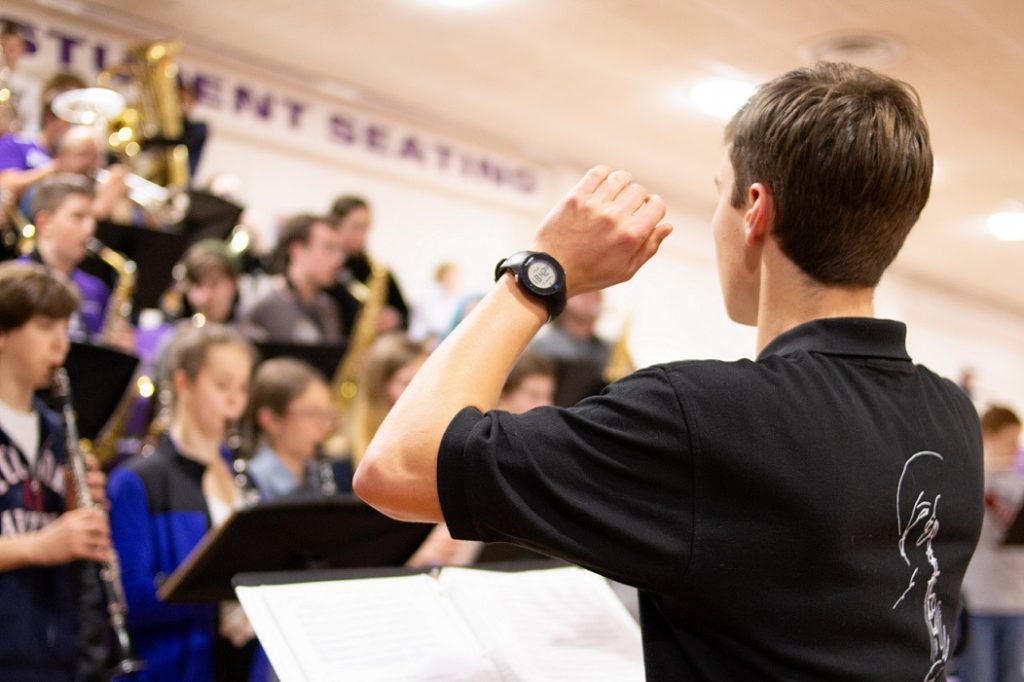How to Get Funds from ESSA’s Title IV-A Grant Program
Funds are allocated annually for the Every Student Succeeds Act’s Title IV-A grant program — so ask and keep asking for money for your program.
Updated 6/22/2020
Every year, I have the privilege of attending the National Association of Music Merchants (NAMM) Music Education Advocacy Fly-in in Washington, D.C.
This year, we were unable to attend in person because of COVID-19, but we received training through the NAMM Advocacy Summit and are now equipped to accomplish the same goals virtually.
I always learn so much in a few short days at the fly-ins. In recent years, one of the most helpful and talked-about topics has been how to access Every Student Succeeds Act (ESSA) funds, and this is what I want to pass along to music educators who do so much with so little.
ESSA Background
When ESSA passed with bipartisan support in December 2015, music educators around the country stood and applauded. The act not only called out “music” and “the arts” in its definition of a “well-rounded education,” but it also allocated resources to provide that well-rounded education.
Under ESSA, the highest poverty schools benefit the most from Title I funds. For FY2020$1.21 billion was appropriated through ESSA’s Title IV-A flexible block grant program known as Student Support and Academic Enrichment Grants (SSAE). That’s a lot of money, but accessing it requires a little effort.
Ask and Keep Asking
The most important thing to remember is that the Title IV-A (SSAE) grant program is an ANNUAL source of federal funding to states — and subsequently, to districts — which is why it is vital to keep asking every year for funds to help serve more students. Start with your principal, arts administrator or the specialist charged with applying for federal funds. Ask them if your school/district has submitted grant applications to your state to receive these SSAE resources.
If SSAE funds have been applied for — and potentially already received — in past years, ask how to leverage these resources to meet the needs of your music program so that it may be expanded to provide equal access to all students, which is another ESSA tenet. For updated information on the funding process itself, check out this infographic from the Title IV-A Coalition.
Perform a Needs Assessment
Next, perform a needs assessment. If you’re not sure how to do this or where to start, the National Association for Music Education (NAfME) can help. Its Opportunity to Learn Standards (OTLs) document specifies the resources your school should provide to give students a “meaningful chance to achieve at the levels spelled out in the Core Music Standards.”
Many programs in a variety of states have benefitted from this resource. The NAMM Foundation recently revealed that 277 school districts reported using Title IV, Part A (SSAE) funds during the 2019-2020 school year for music education.
Start With a Simple Search
Most school administrators now know about ESSA’s Title IV-A SSAE grants, but they may not realize that these funds can be used for music programs. Start by searching “Title IV-A in (insert your state).” This should take you to your state’s Department of Education (DoE) landing page that provides a vast amount of information regarding the use of these funds. You are looking to discover how SSAE funds are allocated to support well-rounded education opportunities.
As an example, I searched for “Title IV-A in Colorado” and was taken to the CDE Title IV-A landing page, which provides a “Use of Funds” section that lists, among other offerings, music and arts programs as eligible activities “to support well-rounded educational opportunities for students.”
Next, contact the person at your state DoE whose is responsible for education in the arts. Because these are federal (i.e., public) funds, you should be able to find information on which districts/schools have been awarded these grants in the past and for which programs. Check the State Education Agency Directors of Arts Education (SEADAE) roster to find your state’s arts representative and his/her contact information. Simply reach out to your state’s SEADAE representative and ask how you might be able to view the list of SSAE grantees from past years. If you find that music programs in your state have benefitted from these grants, contact that school to determine how the funds were used. If there are no music programs indicated, take your plan to your supervising administrator and go from there.
Finally, be sure that your plan addresses the intended purpose of the Title IV-A (SSAE) grant program. In Colorado, the purpose is stated on the DoE landing page as follows:
“Title IV, Part A of the Every Student Succeeds Act of 2015 is intended to improve students’ academic achievement by increasing the capacity of States, local educational agencies (LEAs), schools, and local communities to provide all students with access to a well-rounded education, improve school conditions for student learning, and improve the use of technology in order to improve the academic achievement and digital literacy of all students.”
Many music educators believe that applying for a grant is a complicated procedure but it starts by simply asking questions to learn how federal funds are applied for and allocated in your own district. In some states, the application that districts use to apply for these funds from the state is a one-page document. Don’t let the process scare you (or your principal) away from providing more students with access to a well-rounded education through music.
Change Lives
Those of us who continue to attend the NAMM Fly-in do so because we know that becoming a more informed advocate translates into serving increased numbers of students with life-changing experiences. Title IV-A (SSAE) provides that opportunity. Music educators just need to take that first step.
Resources
- ESSA In Plain English: What It Means for You
- From the Title IV-A Coalition:
- Title IV-A Infographic_Feb 2020
- Title IV-A Overview and Funding History
- Title IV-A Well-Rounded Education Provisions
- NAfME’s Full Legislative Analysis of All Key Music and Arts Provisions of the Every Student Succeeds Act (ESSA) [S. 1177] provides a section-by-section analysis of the law where the key terms “well-rounded,” “music” and “the arts” are referenced.
- Helpful Articles:
Yamaha is an active advocate for music education, and we want to empower music educators to strengthen their programs in any way we can. Please register for the Yamaha Educator newsletter to read up on advocacy, professional development, information about instruments, resources, partnerships in education and more. Join the Yamaha Music Educator Community on Facebook or email us at educators@yamaha.com.















